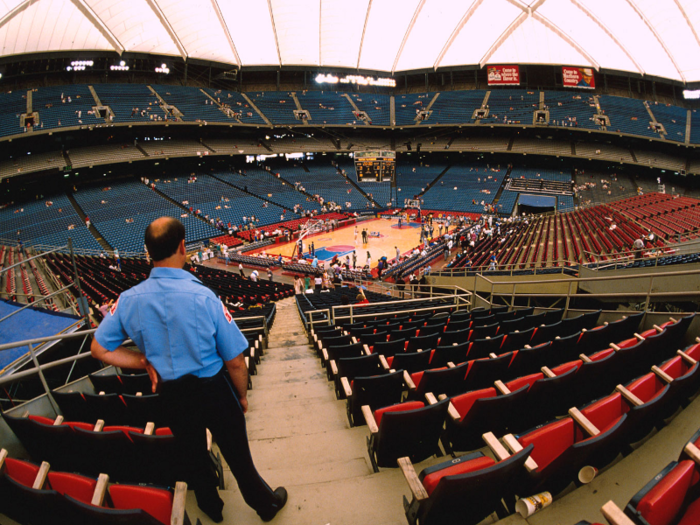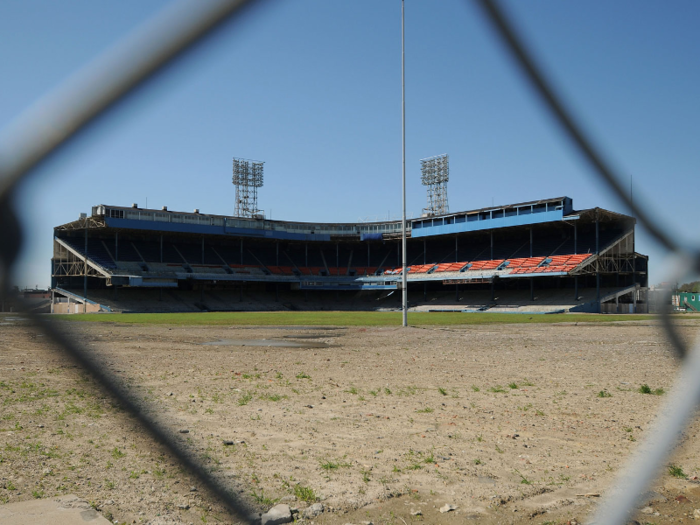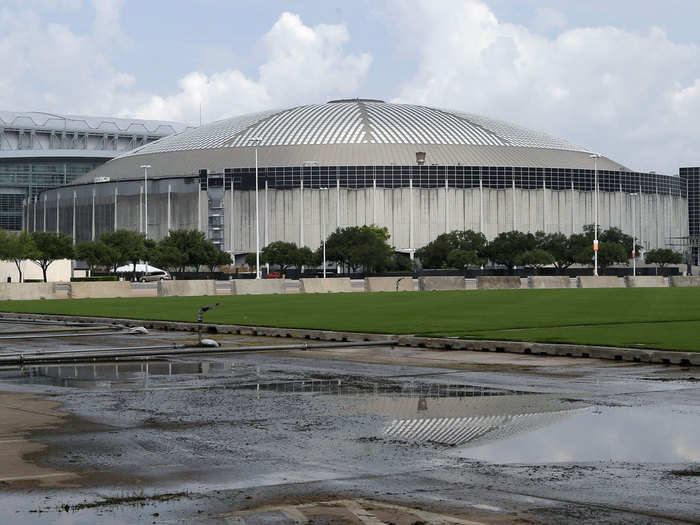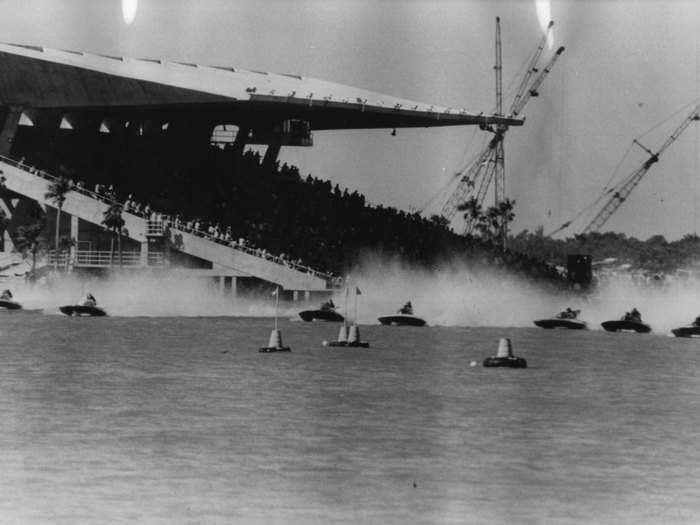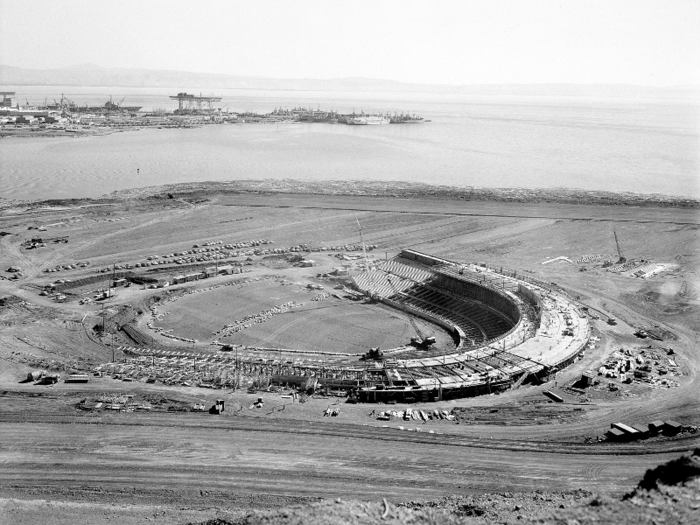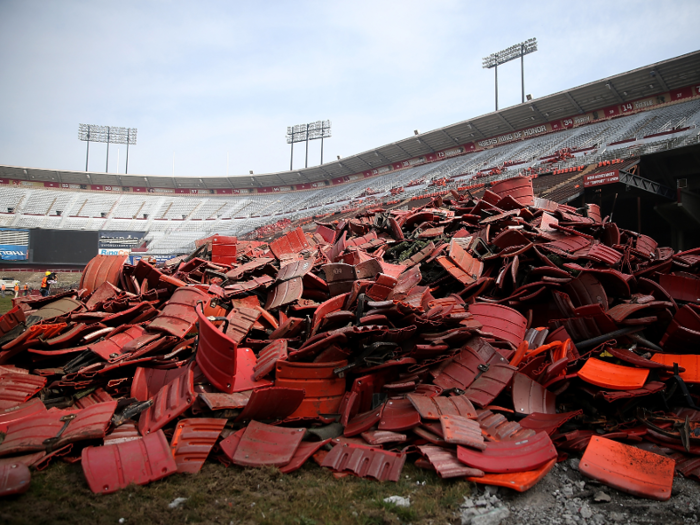- Home
- slideshows
- miscellaneous
- What abandoned sports stadiums from across the US look like today
What abandoned sports stadiums from across the US look like today
Pontiac Silverdome

The Pontiac Silverdome was once one of the greatest arenas in professional sports.
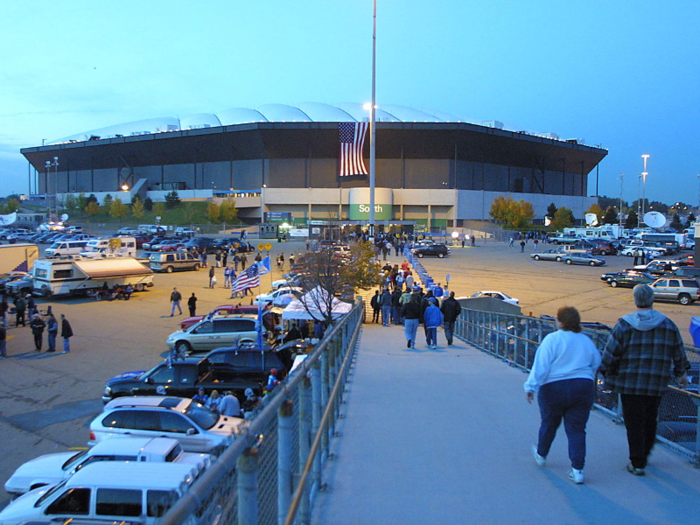
After opening in 1975, the Pontiac Silverdome became the home of the Detroit Lions. It was the largest stadium in the NFL for 22 years.
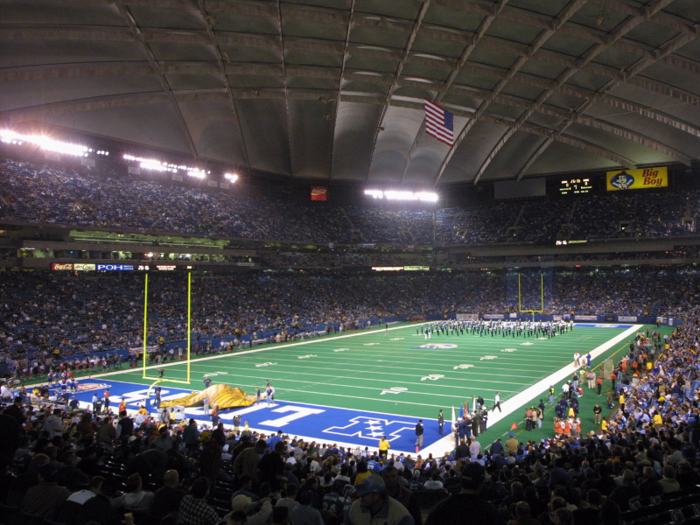
Source: MLive.com
The arena played host to Super Bowl XVI in 1982.
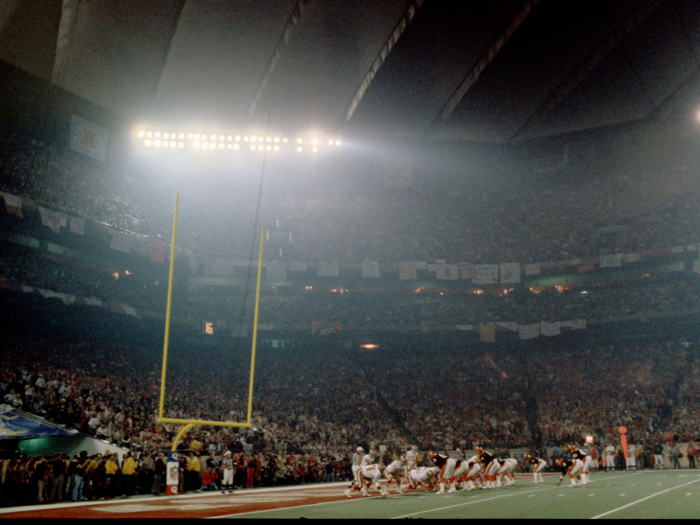
The San Francisco 49ers defeated the Cincinnati Bengals 26-21 and celebrated by carrying head coach Bill Walsh off the field.
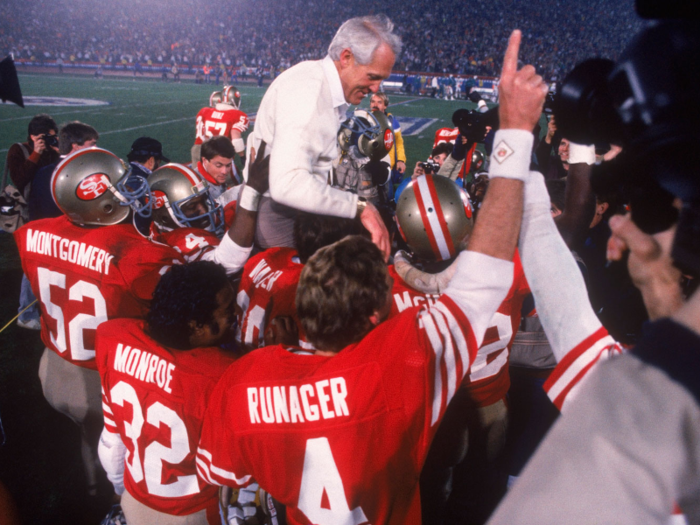
With the Lions' move to Ford Field in 2002, the Silverdome lost its major tenant and all of its former glory.
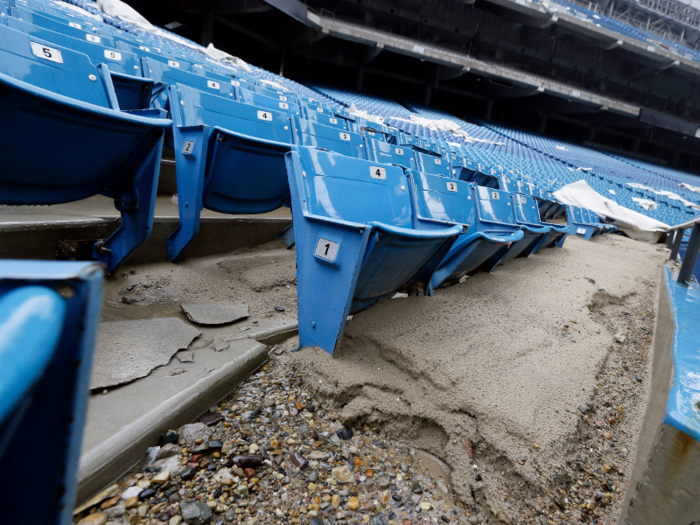
Source: MLive.com
The stadium — which once played host to the World Cup, the Pope, and Wrestlemania — officially closed in 2006.
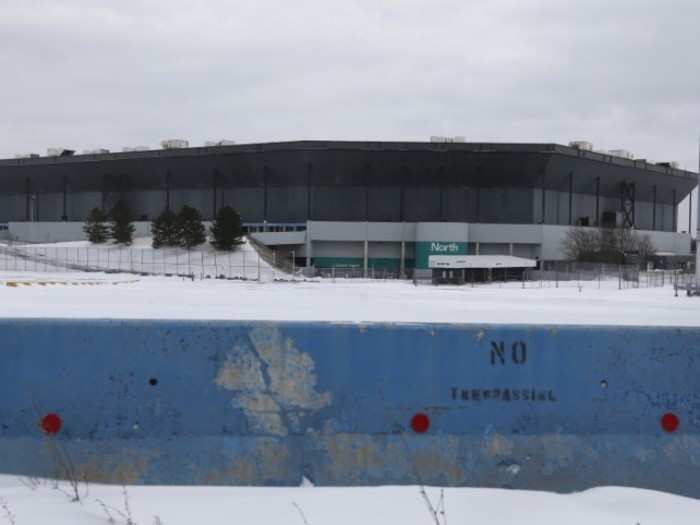
Source: MLive.com
The city sold the abandoned stadium to a Toronto-based Triple Investment Group for $583,000 (less than 1% of the original cost to build the facility) in 2009. The arena reopened in 2010.
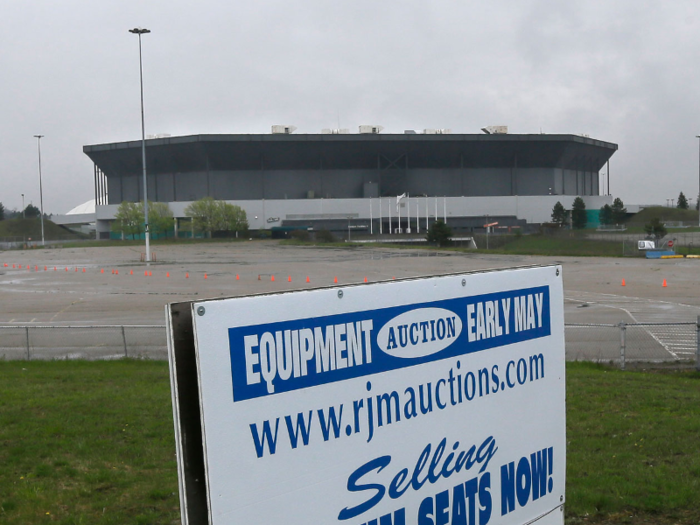
Source: MLive.com
Just three years later, disaster struck when a winter storm caused the roof of the arena to cave in, leaving the entire venue in tatters.
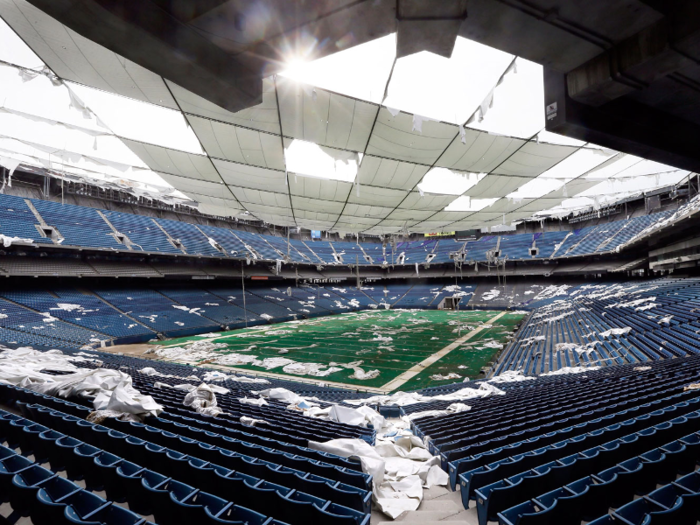
After the new owners failed to sell the dome for $30 million, the city demolished the once-great arena in 2017.

Source: MLive.com
Tiger Stadium

Tiger Stadium — another beloved Detroit-area arena — fell from grace at the turn of the century.
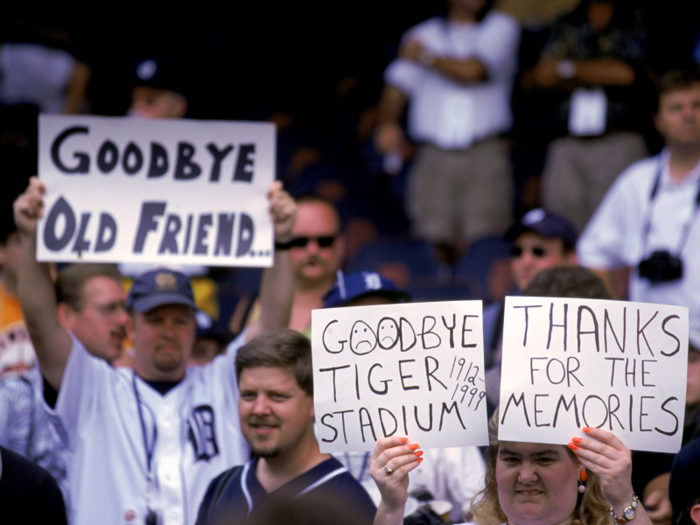
The stadium — located in the Corktown neighborhood of Detroit — first opened in 1912 as Navin Field.

Source: ESPN
Primarly known as home to the Detroit Tigers from 1912 to 1999, Tiger Stadium was also home to the Detroit Lions for 34 years.
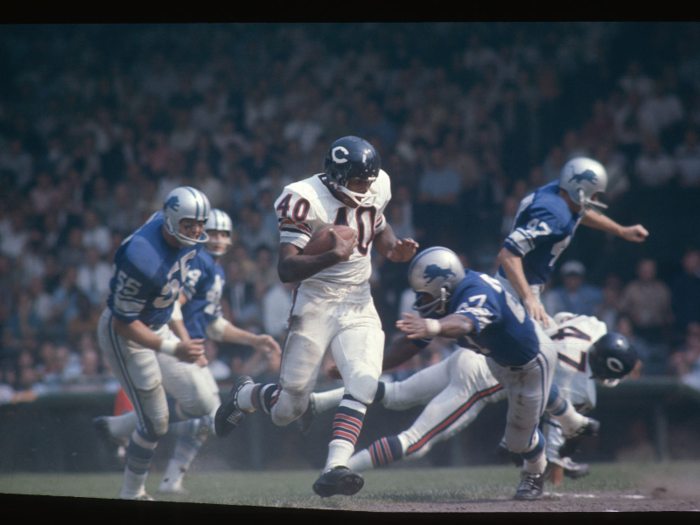
Source: ESPN, Detroit Athletic Co.
The stadium hosted the 1941, 1951 and 1971 MLB All-Star Games.
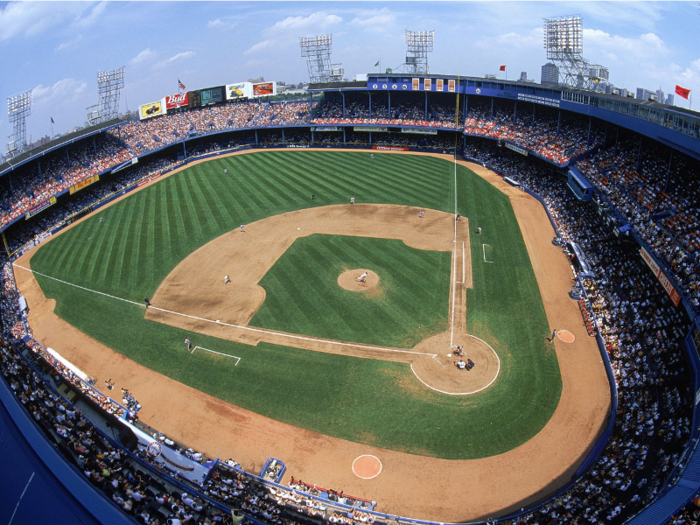
It was also where New York Yankees legend Lou Gehrig famously benched himself during what would be the final game of his career due to his progressive ALS — a disease now known by his name.
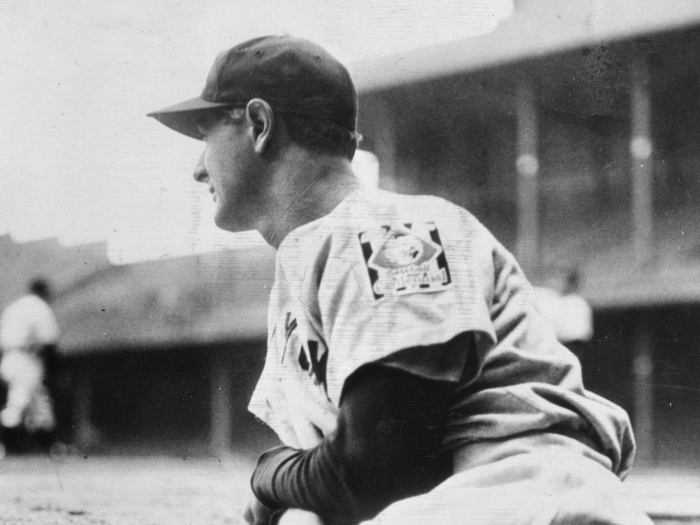
Source: SBNation
By the mid-1990s, Tiger Stadium had grown outdated, so the team began constructing a new stadium in 1997. The Tigers played their final season in the much-beloved ballpark two years later.
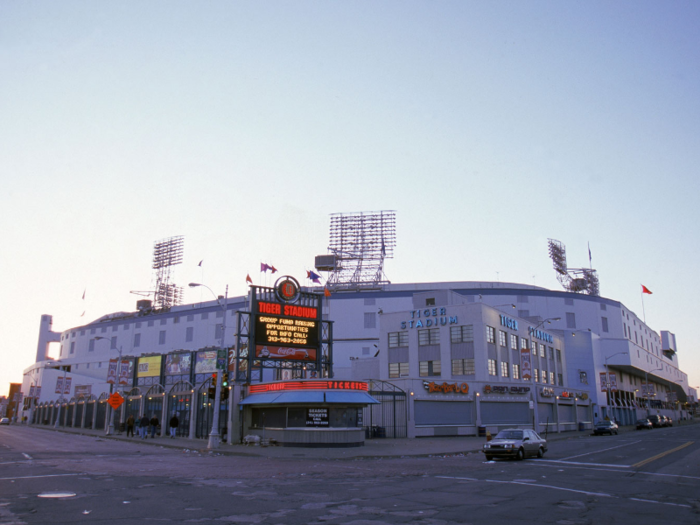
Source: MLB.com
After efforts to preserve the stadium were rejected by the city, Tiger Stadium was demolished in a years-long process.
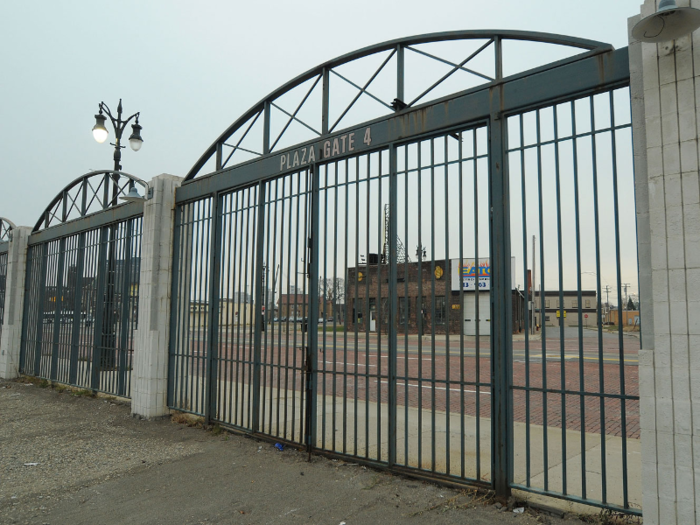
Source: ESPN
Now all that remains is the original field.
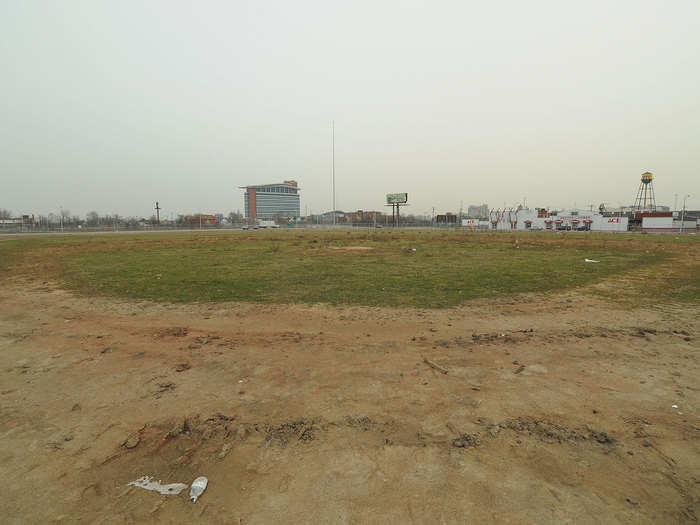
Houston Astrodome

The Houston Astrodrome — the world's first dome stadium — was so famous and legendary that it was dubbed the "Eighth Wonder of the World."
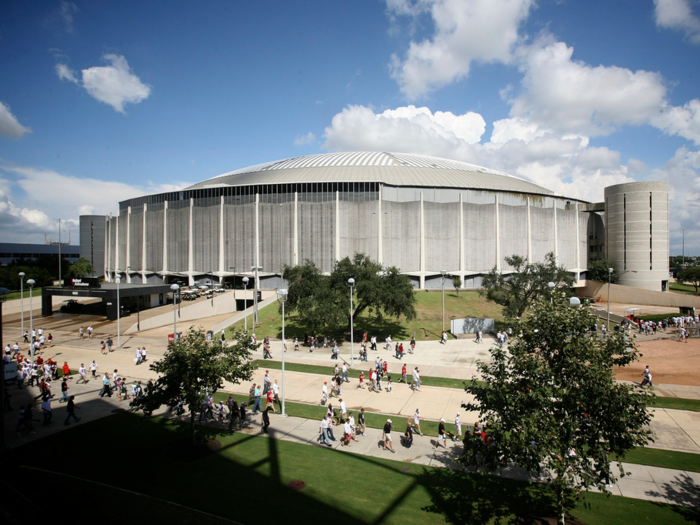
The dome was home to the MLB's Houston Astros from its opening in 1965 to 1999.
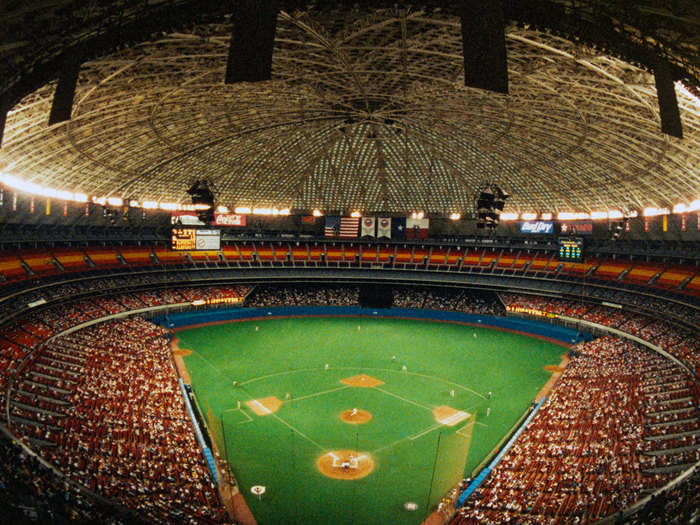
Source: Ballparksofbaseball.com
It was also home to the NFL's Houston Oilers — now the Tennessee Titans — and, more briefly, the NBA's Houston Rockets.
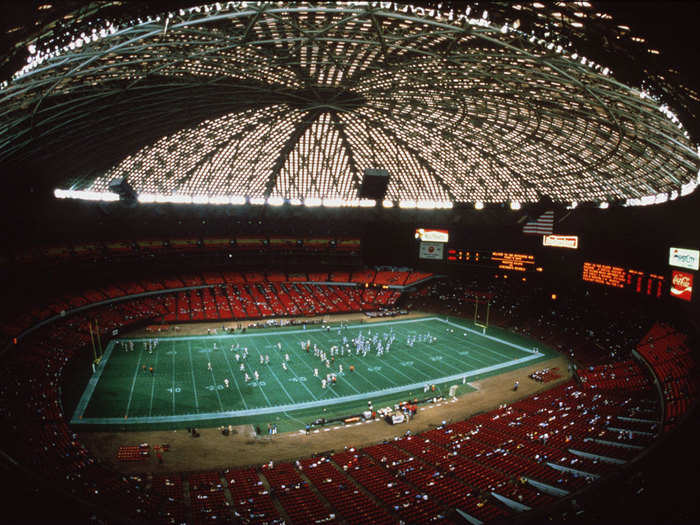
Source: Ballparksofbaseball.com
Though the stadium was known for hosting baseball, basketball, and football games, many legendary events outside of those sports took place inside the dome.
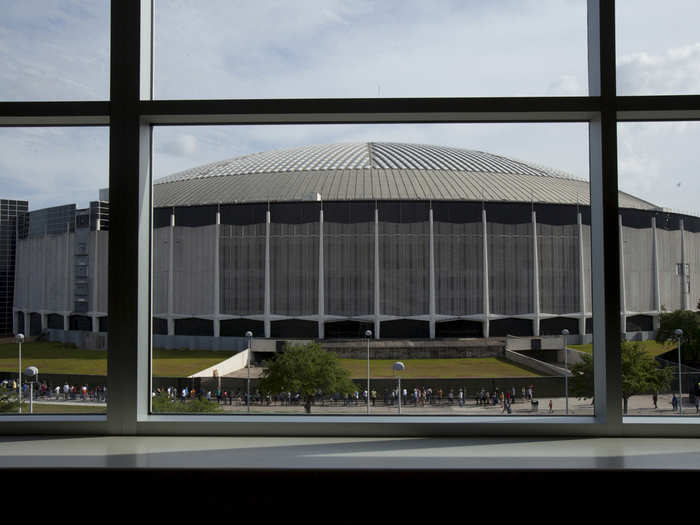
Tennis great Billie Jean King famously defeated Bobby Riggs in the battle of the sexes at the Astrodome in 1973.
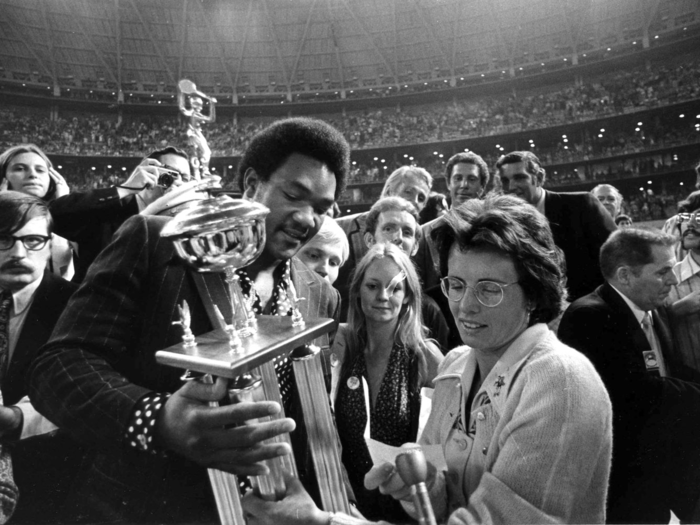
And three-time World Heavyweight Boxing Champion Muhammad Ali knocked out Cleveland Williams there in 1966.
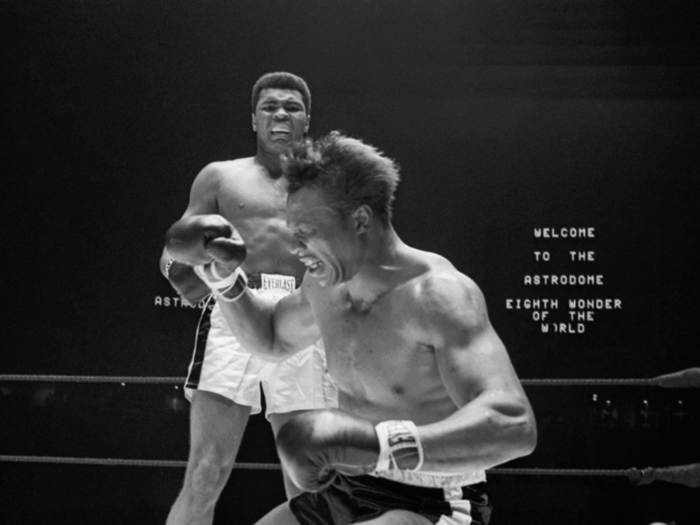
Even Elvis Presley performed at the Astrodome. He gave a series of performances there in 1970.
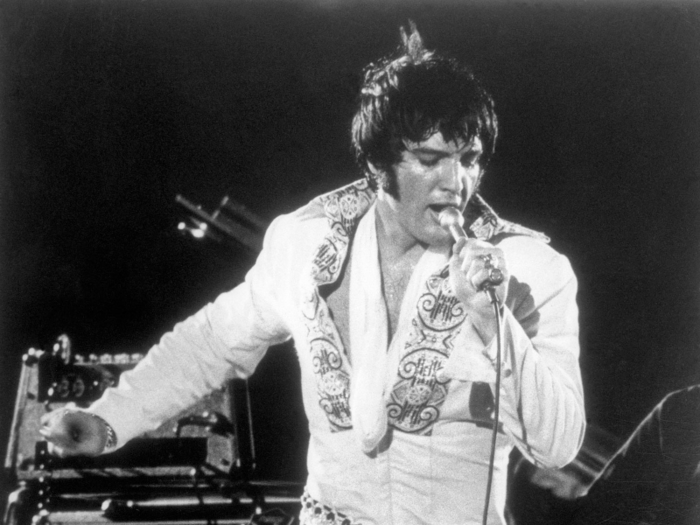
Source: Chron.com
And ever since, the interior has deteriorated.

The turnstiles were quite literally bent out of shape.
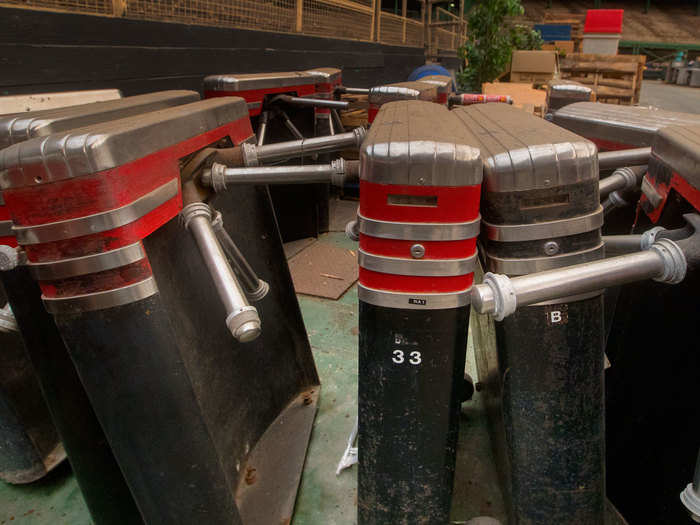
And the once bright-red seats became dirty and tattered.
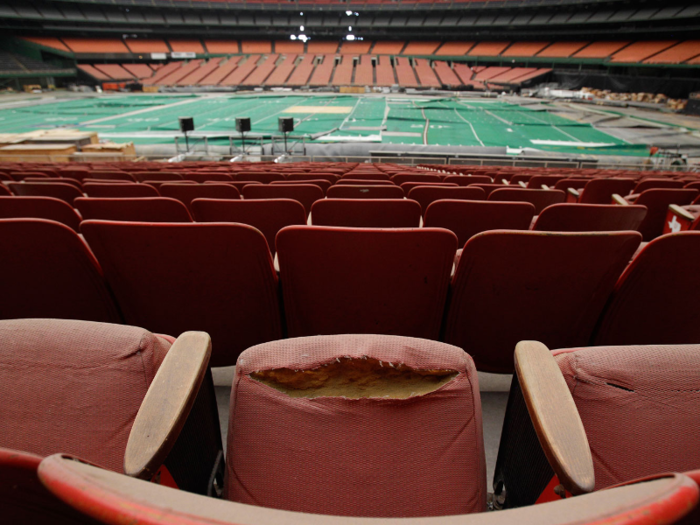
Still, many people felt connected to the once-legendary arena, and plans to refurbish the Astrodome cropped up soon after it closed.
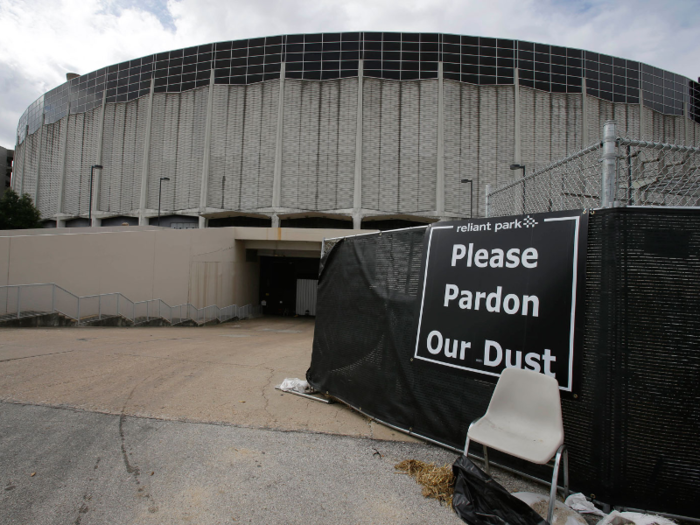
In 2013, Houston voters opted against allocating $217 million to turn the stadium into a giant convention center and exhibition space.
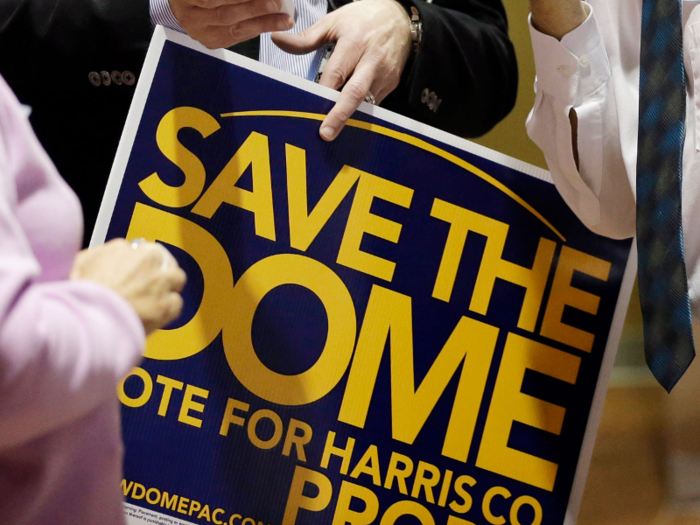
Source: ABC13
In 2018, the Harris County commissioners finally approved a $105 million project to renovate the Astrodome into more than 500,000 square feet of rentable space.

Source: Houston Business Journal
Washington Coliseum

The Washington Coliseum — otherwise known as Uline Arena — was home to professional basketball teams of multiple leagues, including the Washington Capitols of the NBA.
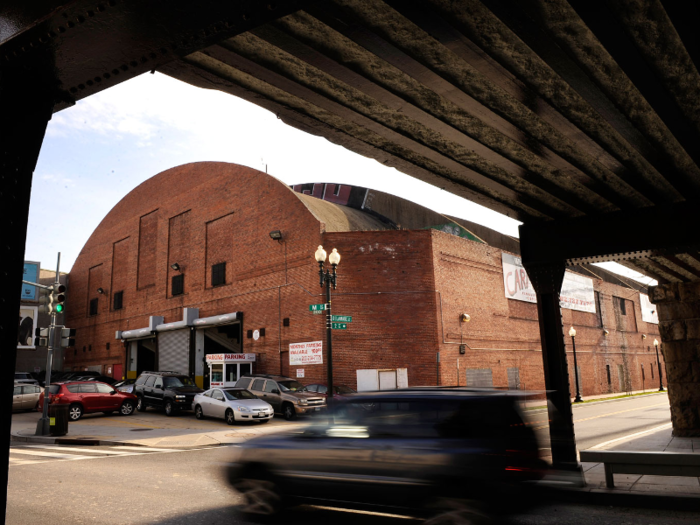
But the arena was more famous for hosting events outside of the sports world.
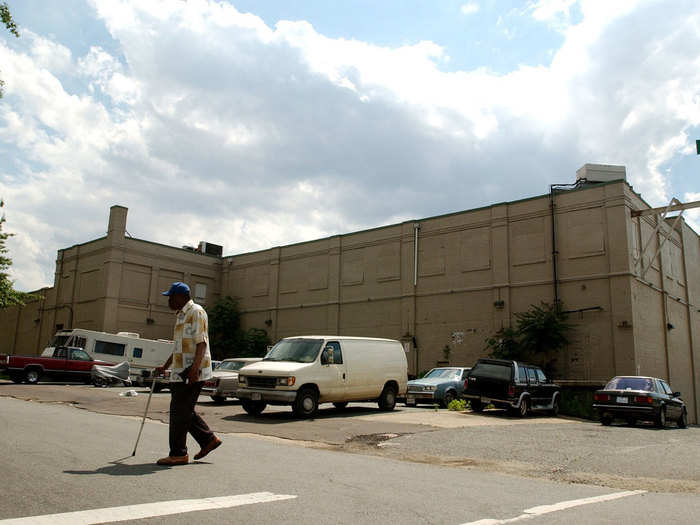
Eleanor Roosevelt once hosted a party for President Franklin D. Roosevelt at the famed venue.
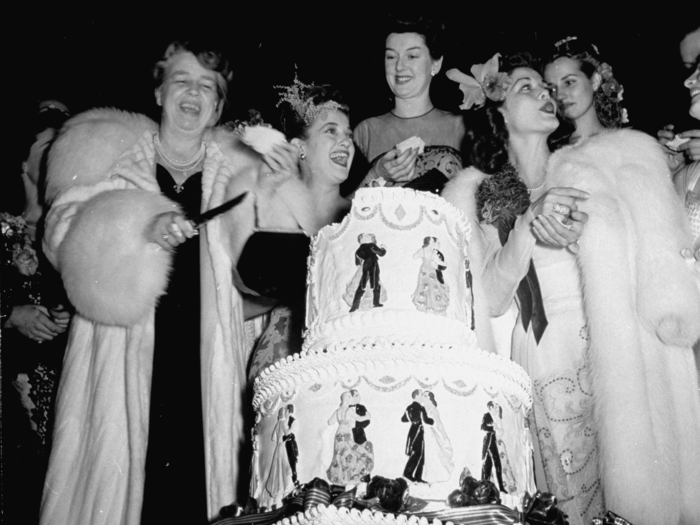
Malcolm X once gave a speech there.
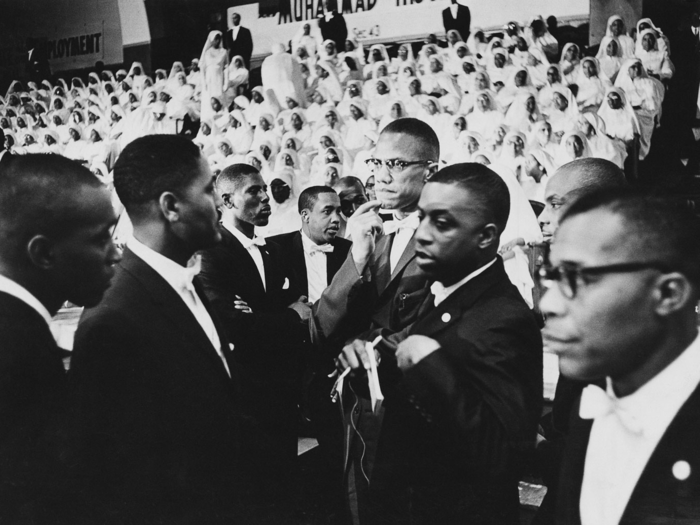
And, most famously, The Beatles performed their first-ever North American concert there.
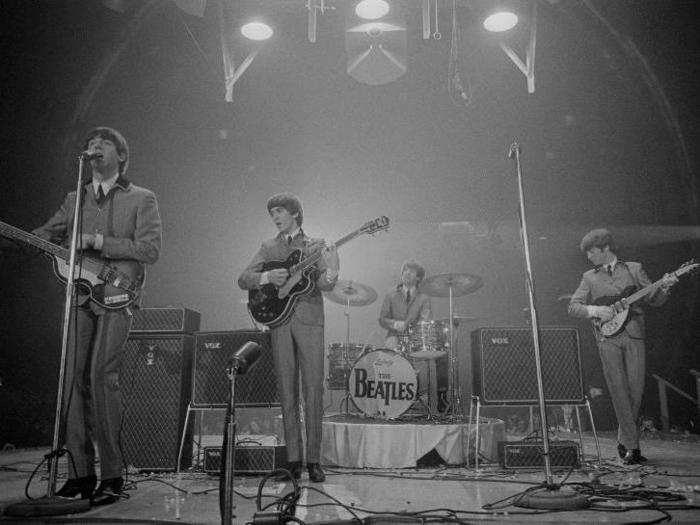
They played for 8,092 adoring fans at a sold-out Washington Coliseum on February 11, 1964, just two days after their famous appearance on The Ed Sullivan Show.
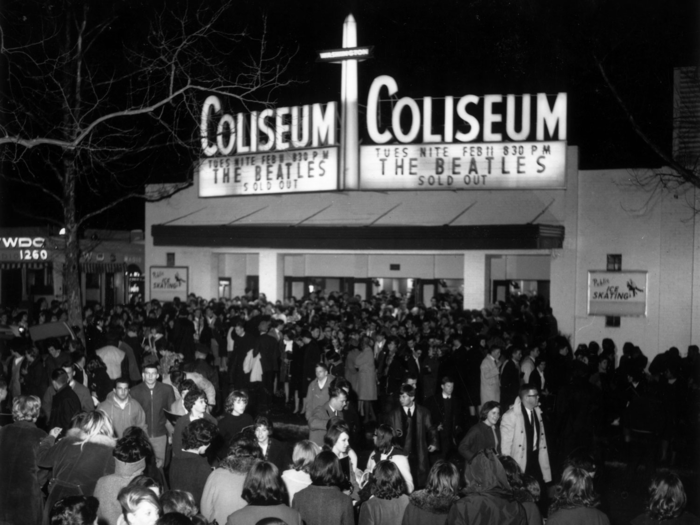
Source: Ultimateclassicrock.com
After a riot broke out during a 1967 performance by The Temptations forced the venue to stop hosting concerts, things went downhill for the Coliseum. For a time, the arena acted as a jail. It was also once a trash transfer station. By 2011, it had become a parking garage.
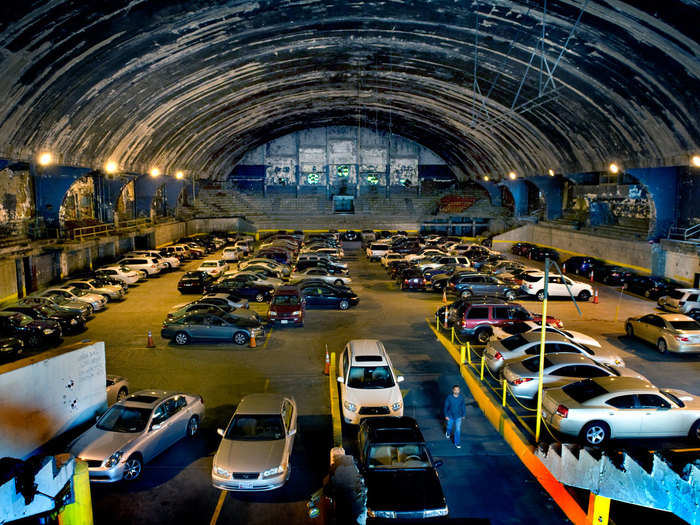
Source: DC Curbed
Waste Management intended to tear down the building in 2003, but it was safe from complete demolition once the D.C. Preservation League added it to its Most Endangered Places list. Eventually, new owners resolved to renovate the arena and turn it into office spaces.

Source: DC Curbed
An REI store now sits in the Coliseum's former location. They've preserved a few original seats from the famous arena as a wall decoration.
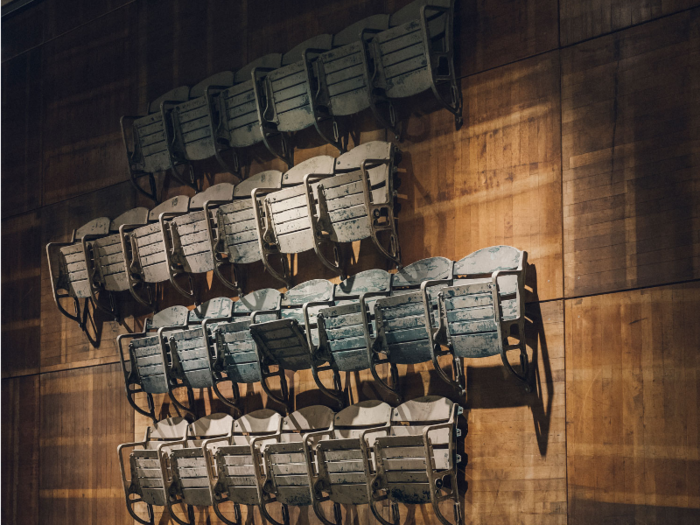
Source: Greater Greater Washington
Miami Marine Stadium

It was intended to host crowds during powerboat races, but became famous after hosting concerts and events with the likes of Richard Nixon and Sammy Davis Jr.
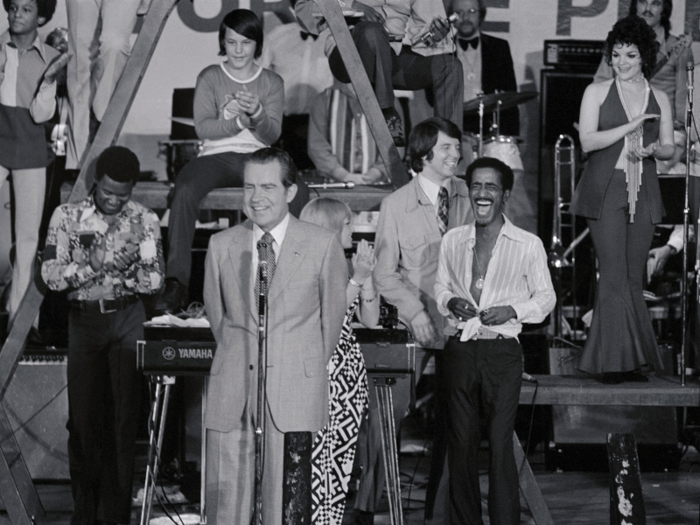
In September 1992, just a month after Hurricane Andrew ravaged Florida, the structure was deemed unsafe and subsequently closed down.
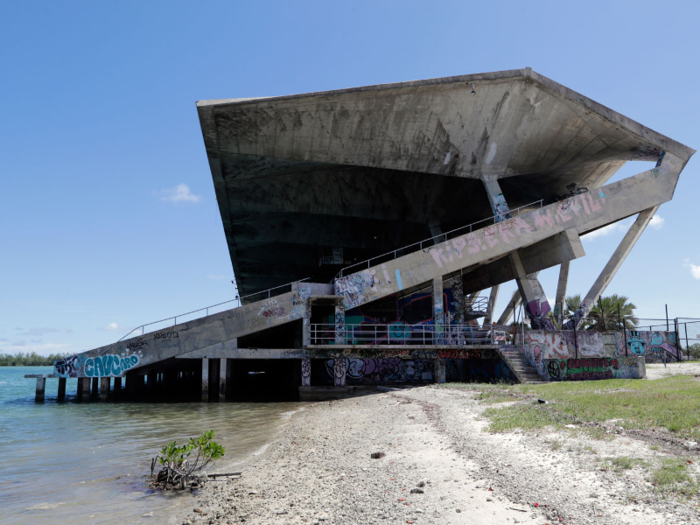
Source: Miami Herald
The stadium was slated to be demolished by the city as graffiti built up on its walls.
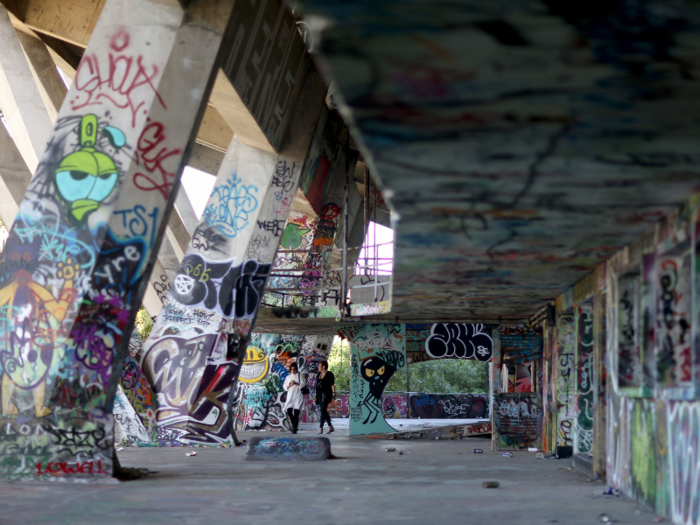
Source: Miami Herald
But famous artists Gloria Estefan, Jimmy Buffett, and others teamed up to try to save the historic site.
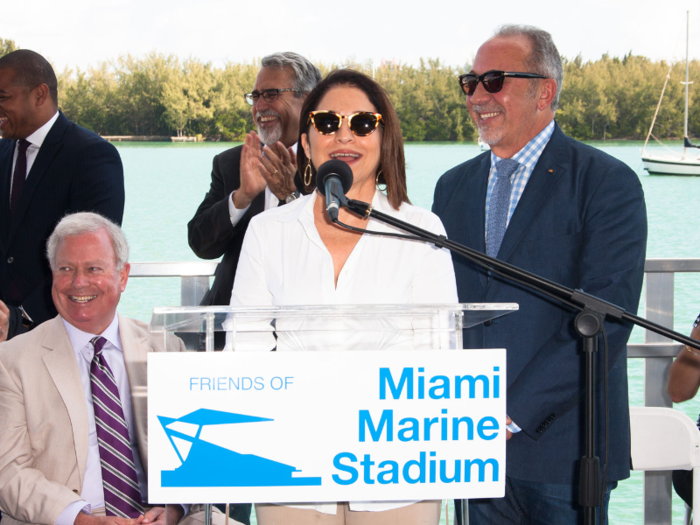
And as of 2018, the City of Miami committed $42 million to clean up the stadium and establish a park around it.
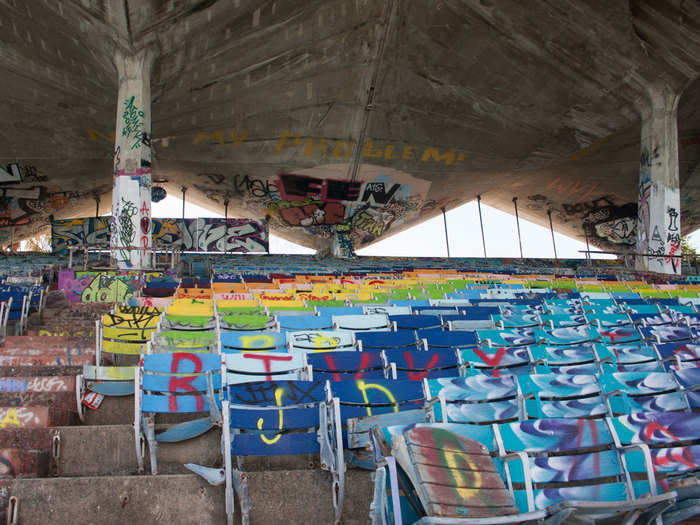
Source: The Chronicle
Candlestick Park

Candlestick Park was first proposed as the stadium for the MLB's New York Giants, who were planning to move to the West Coast.
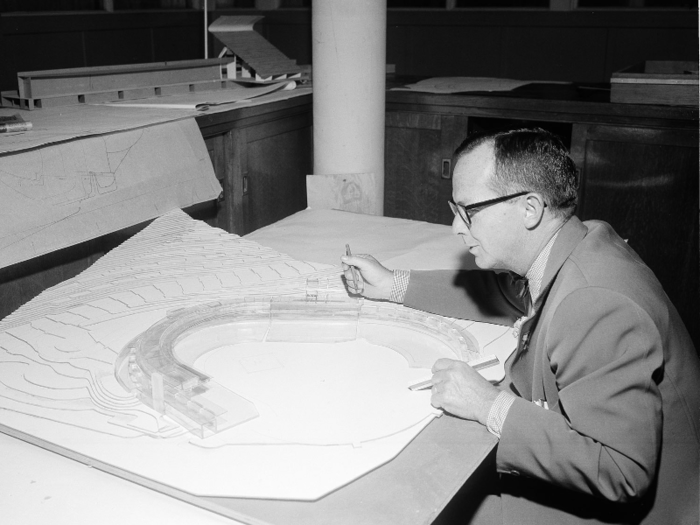
Source: Stadiums of Pro Football
And, when all was said and done, the ball park cost $15 million to complete.
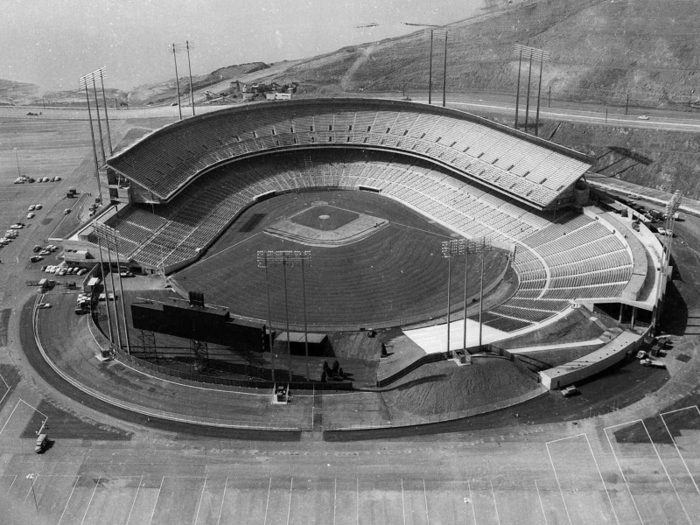
Source: Stadiums of Pro Football
The newly-minted San Francisco Giants played their first game there in April 1960.
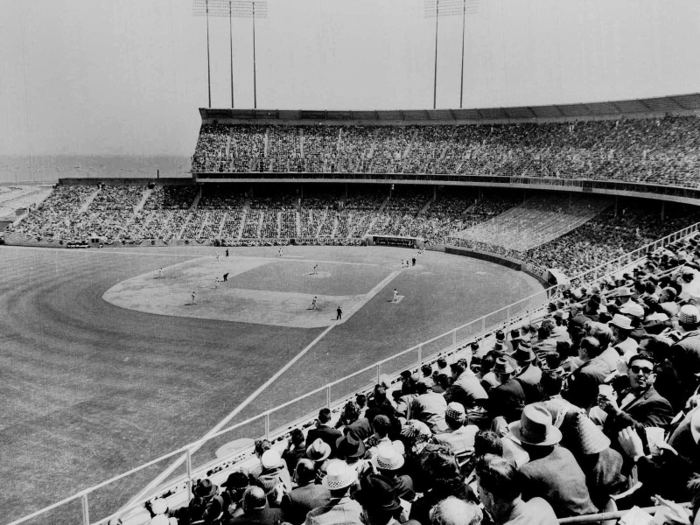
The Oakland Raiders — then a part of the American Football League — played part of the 1960 and 1961 season at Candlestick Park.
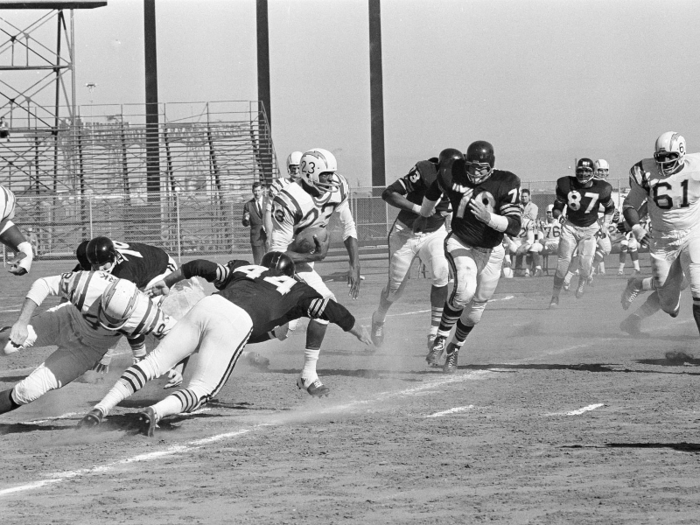
The San Francisco 49ers moved in from Kezar Stadium for the 1971 season and made Candlestick Park their home stadium for more than 40 years.
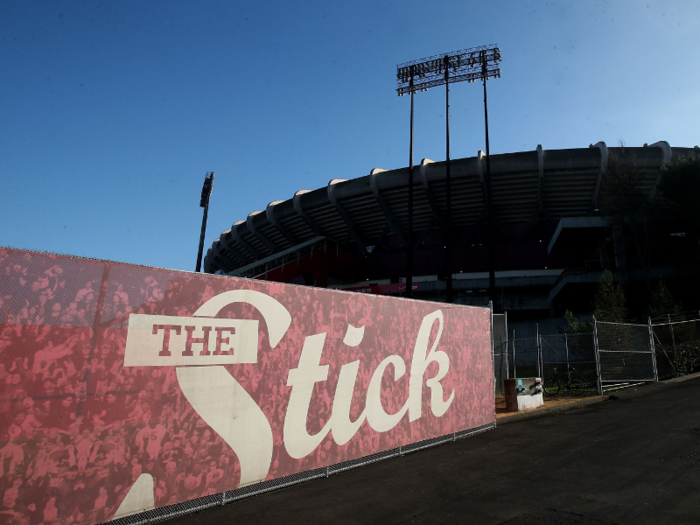
Source: Stadiums of Pro Football
Over the years, the arena was home to five Super Bowl Champion teams and multiple Hall of Fame players, including wide receiver Jerry Rice and quarterbacks Joe Montana and Steve Young.
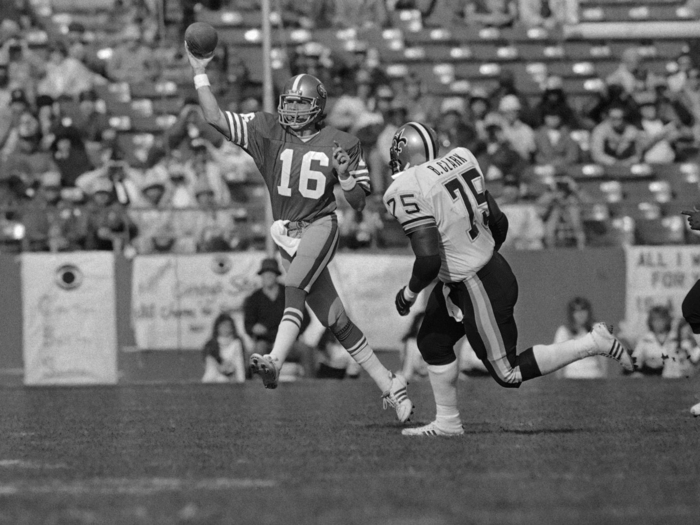
Source: Stadiums of Pro Football
The Giants moved out of Candlestick Park after the 1999 MLB season. At the time of their final home game, it was unclear whether the team would relocate to Florida or to a different stadium in the Bay Area. They chose the latter.
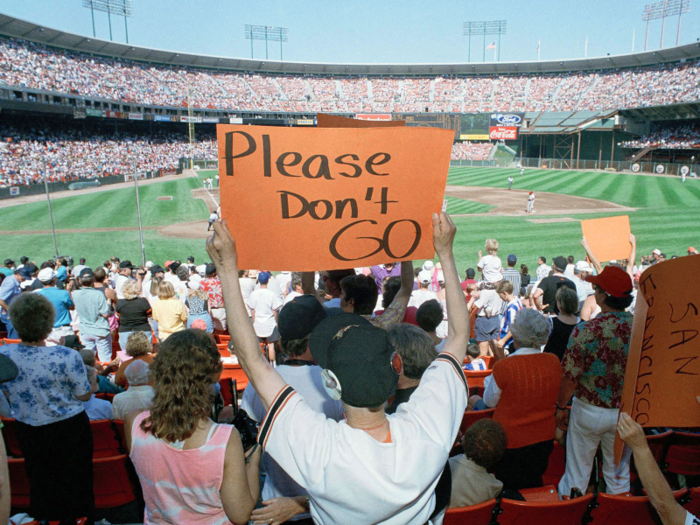
The 49ers stayed at "The Stick" for another 13 years, playing their final home game there in December 2013.
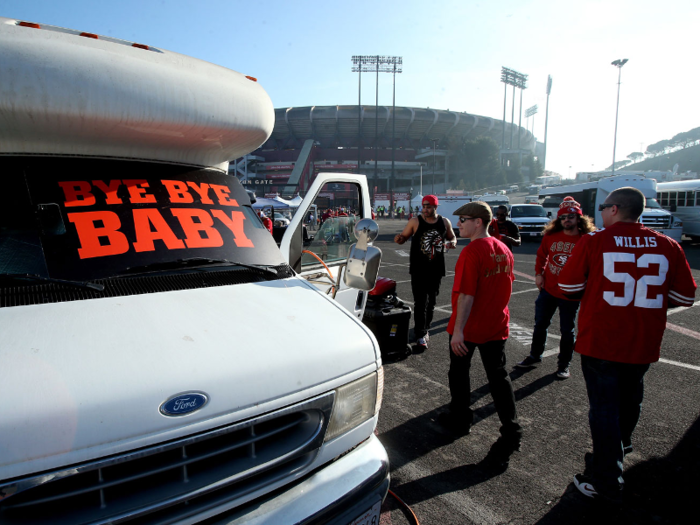
Source: Stadiums of Pro Football
Paul McCartney played one last show at the once-modern arena in front of a crowd of 49,000 on August 14, 2014.
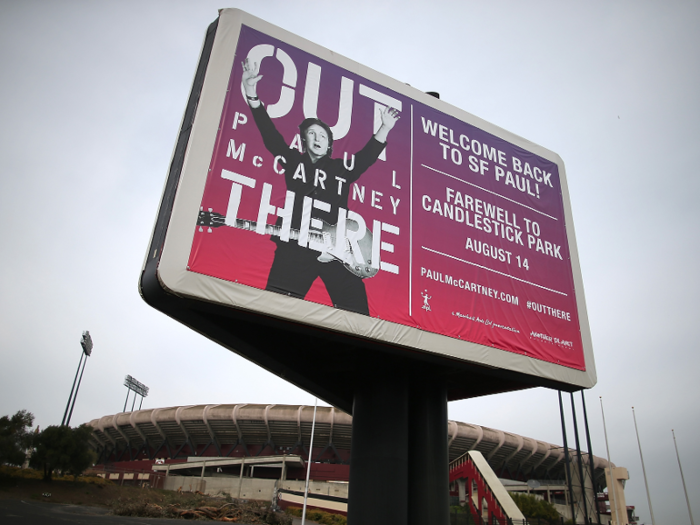
Source: Business Insider
Rather than using wrecking balls or dynamite, construction crews demolished the stadium piece by piece.
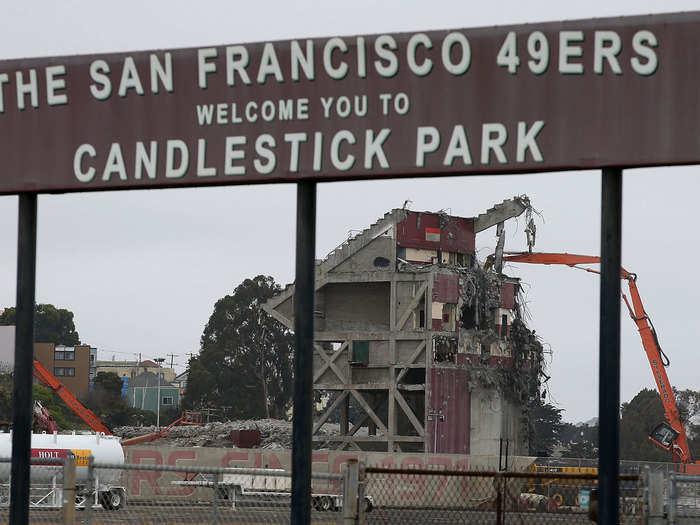
Source: Business Insider
And soon enough, the stadium was gone. The plot of land was meant to become a shopping mall, but work was suspended midway through 2018.
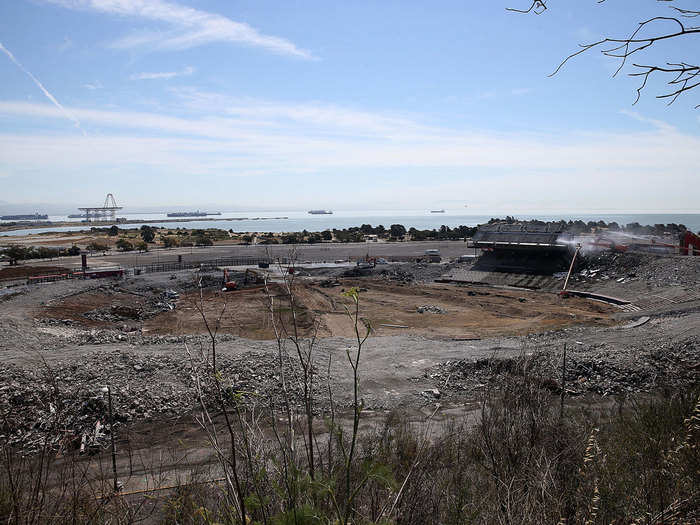
Source: NAI Northern California
Now check out college football fans' favorite stadiums:
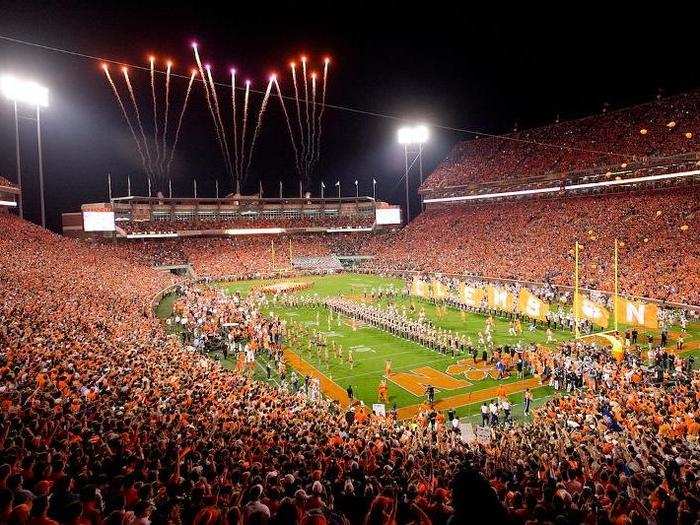
Popular Right Now
Advertisement
